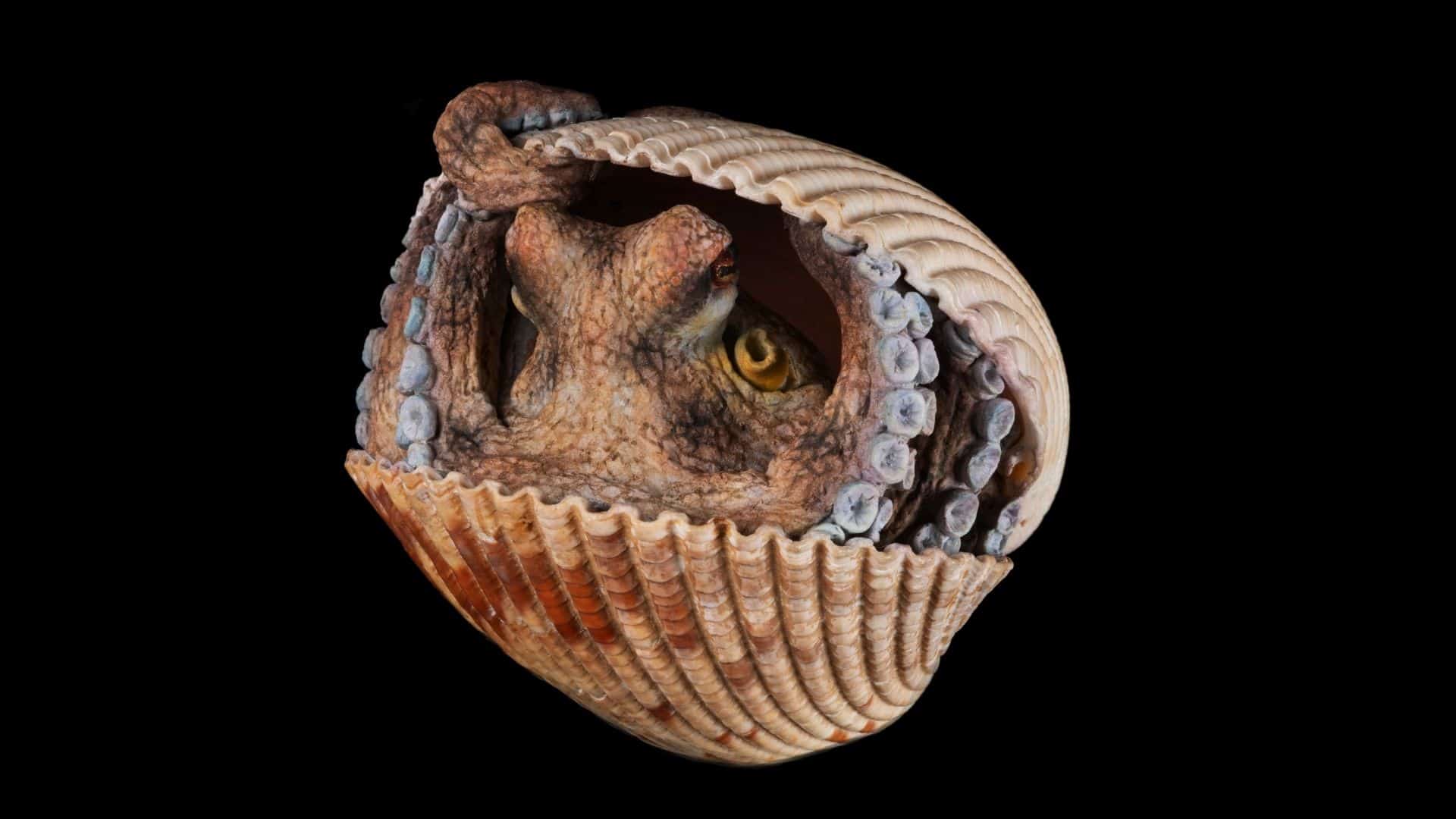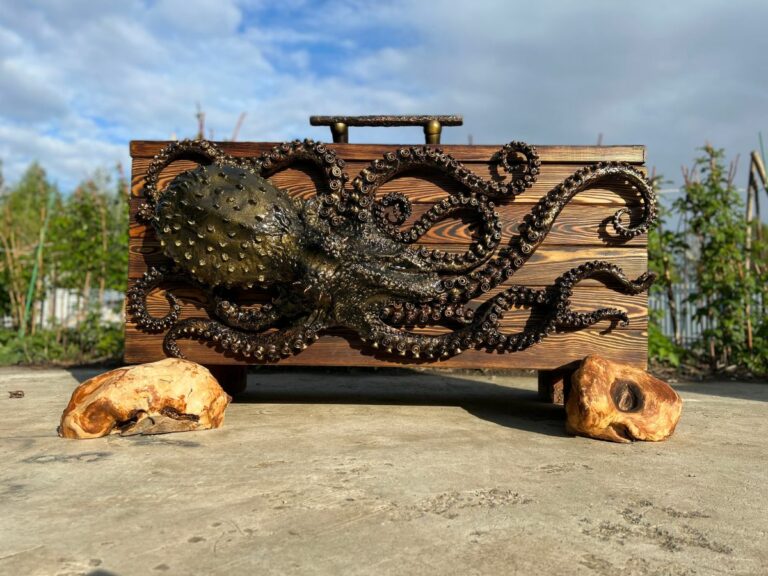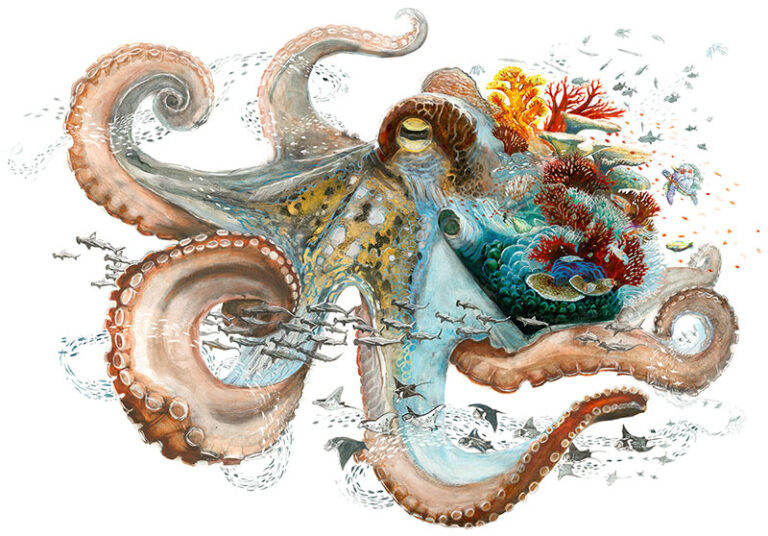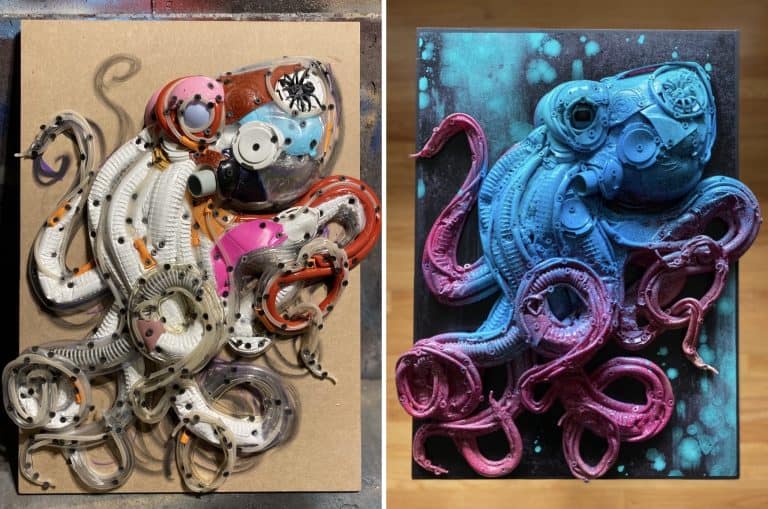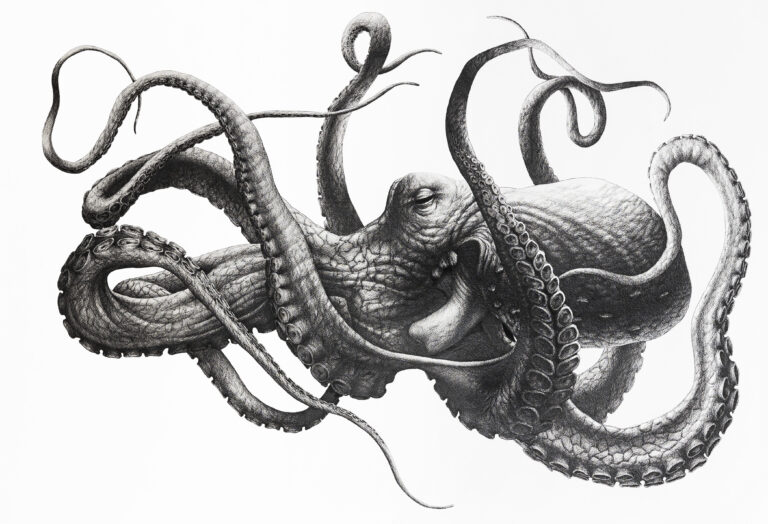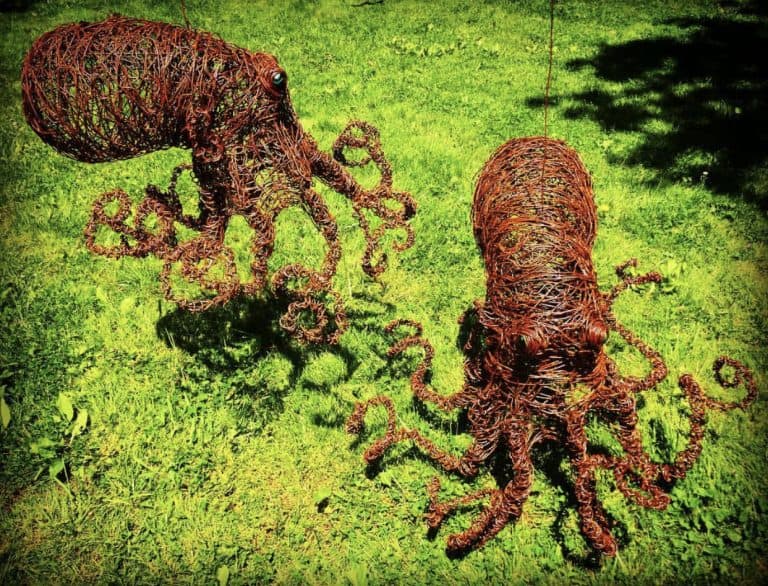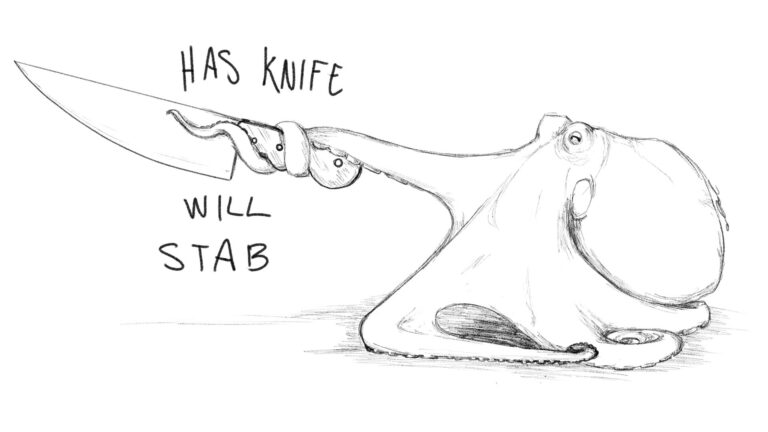‘Artist Spotlight’ Of The Week: Anna Frenkel
Howdy Nation! In today’s post, we are going to be featuring our ‘Artist Spotlight’ of the week: Anna Frenkel. Anna is a biological model maker and uses her crafts and resources to bring deep-sea creatures to life! She will be showing us 4 different examples of cephalopods she has created for habitat representation of a tropical reef. Let’s check it out!
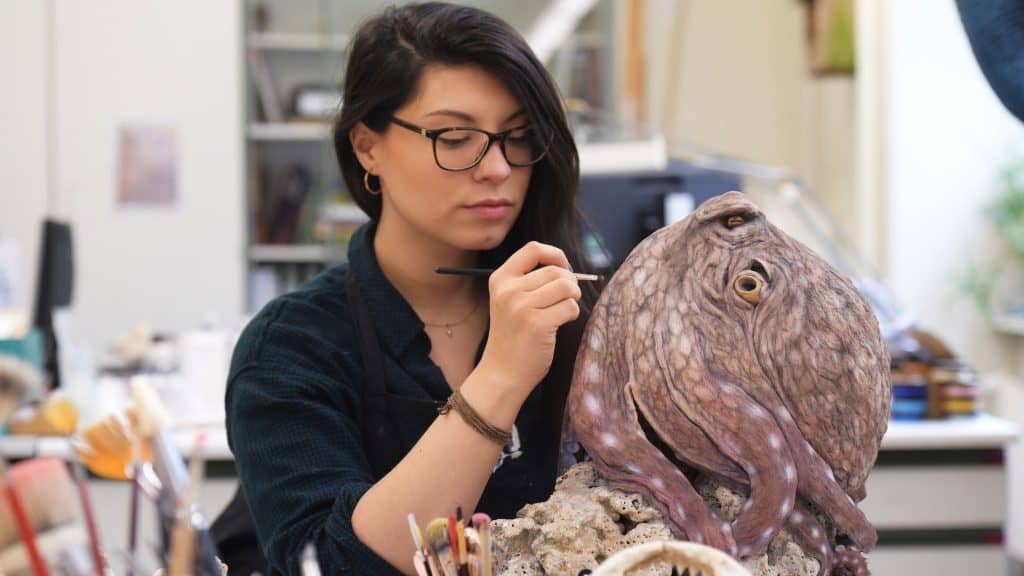
Meet Anna Frenkel!
Everyone, meet Anna- an amazing biological model sculptor who works at the Senckenberg Natural History Museum in Frankfurt, Germany!
She has been making art pieces for permanent and special exhibitions at the museum, taking care of collection items, and refurbishing old museum pieces.
We are really excited to have her here and learn more about the latest exhibit she has been working on at the museum, which showcases a variety of cephalopod species.
Let’s do it!
Tell us about the new ‘Coral Reef Research Exihibit’!
“For the past couple of years, I have been involved in building an exhibit where our team recreated a habitat representing a tropical reef.
When I first started working on the project, I was most excited about some of the deep sea creatures – especially the cephalopods!
If I could only sculpt cephalopods my whole life, I would never get bored. I love sculpting folds, bumps and appendages – and octopuses have a lot of that!
Actually, the Day Octopus is the first in the cephalopod series that I was able to make. Little by little, the others followed, whenever we wanted to create a new situation and tell a new story in the reef.
At some point, it was hard to make a cut, but I could have gone on indefinitely!”
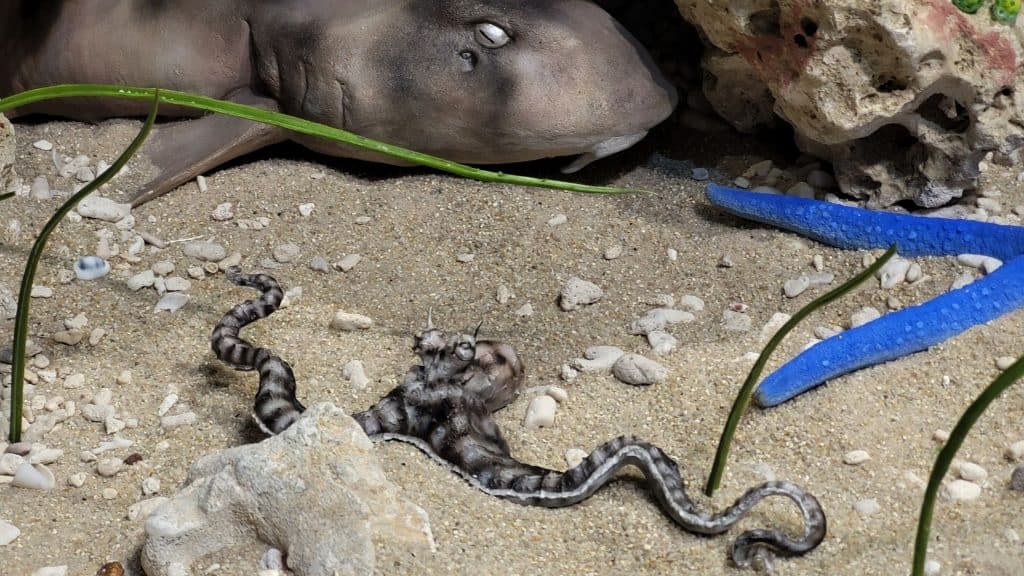
What draws you in or fascinates you the most about octopuses? When did this start for you?
“From an very early age, I have had a soft spot for surreal creatures – especially those from painters such as Hieronymus Bosch, Zdzislaw Beksinski, and H.R.Giger.
Therefore, it was probably only a matter of time until I discovered the cephalopods for myself, and what remains undimmed to this day. They are almost unworldly creatures with unbelievable intelligence, grace, strength, speed and dexterity!
Cephalopods have a body that could not be more different in its form and yet somehow seems familiar to us.”
OctoNation members love knowing how long your work takes you to complete… Can you describe the process?
“This is a bit difficult for me to answer, as I usually work on several pieces of work in parallel. But, I’ll give it a go!
It begins with me taking on a task or project and thoroughly researching the animal. Since I work for a natural history museum, my model should, of course, look as naturalistic as possible.
It is also helpful, important and exciting to learn details about the animal’s way of life. This helps immensely in finding ideas for the position, expression or scene I want to depict!
For example, with the Mimic Octopus.
During my research, I found a lot of images and video footage showing this octopus mimicking completely different species. In one video, you could see one of these little guys digging 6 of his 8 arms into the sandy ground to do an armwave breakdance move with the remaining two to imitate a venomous sea snake.
I thought that was too cool not to recreate!
Despite the “guideline of nature” to which I must adhere, I have so many opportunities to put my own spin and ideas into the model, which always gives it a certain character.”
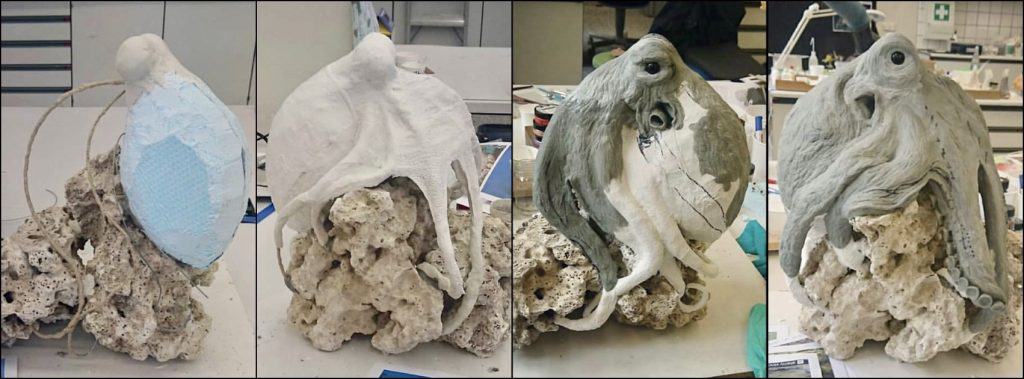
Was this modeled after a specific cephalopod species? Did you use any references?
“The cephalopod models I am sharing today are the:
Day Octopus (Octopus cyanea)
Coconut Octopus (Amphioctopus marginatus)
Pfeffer’s Flamboyant Cuttlefish (Metasepia pfefferi)
- Mimic Octopus (Thaumoctopus mimicus)
I got my references for the species through Octopedia, the internet, reference books and the exchange with the corresponding scientists at our institute. Especially in the reef project, it was incredibly exciting to hear stories and experiences from different passionate divers.
In the process, I always came up with some ideas for presentation possibilities!”
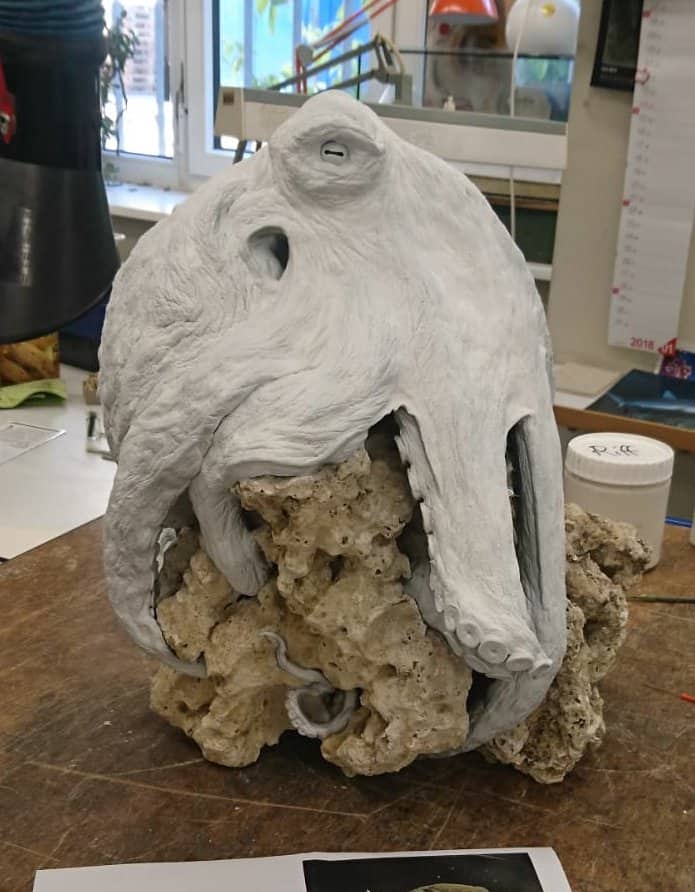
What materials were used?
“The construction of the models is basically very similar: I build a support frame from wire and/or carve a base body from PU hard foam.
On top of this comes a layer of air-hardening modeling clay with which I then model structures and details of the surface.
Finally, it is colored, so the airbrush is my everyday companion!
In general, I am always looking for new materials and techniques, so I follow some sites for special effects and have contact with people from the cosplay scene.
This community is very active with the development, repurposing and discovery of new materials. The exchange is incredibly fun!”
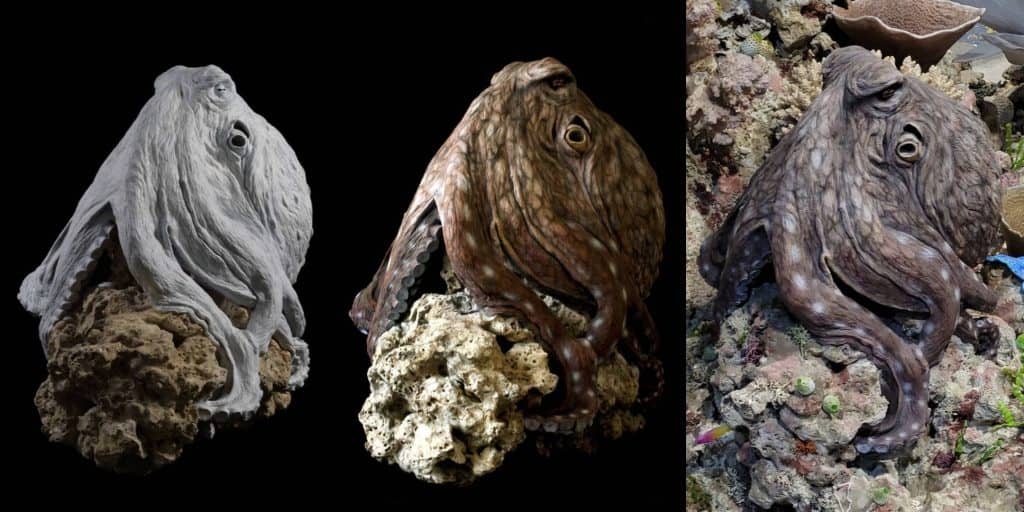
Note: Take a look at this live Day Octopus and compare it to the Day Octopus Anna made by hand. Isn’t it incredible lifelike? It’s INSANE!
Who (or what) are your biggest influences?
“Besides all the pop and film cultural influences that have shaped me and my penchant for “out there” sculpture forms, it is nature itself that influences me the most!
When you discover the crazy creatures that live in the deep sea reefs, inaccessible caves without daylight, between the leaves of a tropical jungle or in the microfauna, you’re inspired for the rest of your life. Trust me!”
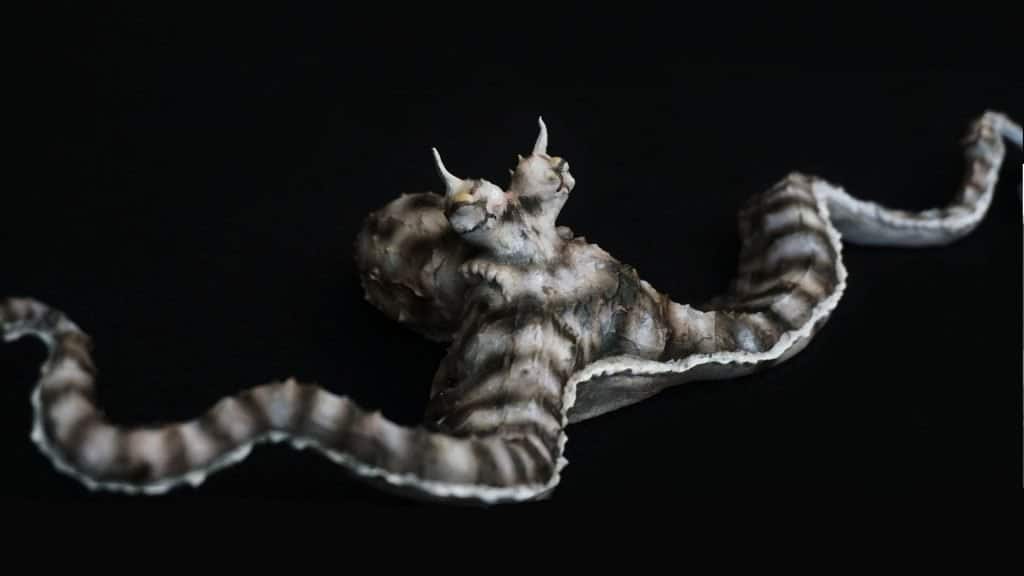
When do you feel the most creative?
“I think for many people who have made their hobby their profession, it’s hard to even separate themselves from influences that directly give you new ideas.
This can be a hiking tour through the forest (where I generally look almost only on the ground because I’m a big fan of fungi since childhood). It can happen while shopping, listening to music or even while washing dishes (there comes a lot of color and shape together!).
So, even if my work has to follow nature’s specifications, my process of finding inspiration heavily relies on multiple senses working at once.
I have to do my work by following nature’s specifications. But, I find my inspiration in different ways.
Sometimes it is from hearing music, and sometimes it is from seeing pictures or just being outside.
Apart from that, there’s nothing better than having colleagues with whom you can bounce ideas off of!”
How do you know when a piece is finished?
“Never fully.
You always find something to improve (or “verschlimmbessern”, as we say in German, which means doing something in good intention but actually making it worse).
I then simply have to separate myself from the model.
Sometimes, I just stand in front of the model for what feels like an eternity, examining it from all possible angles and distances, looking or something. As soon as I notice something, like wanting to set color highlights for the third time, usually the colors on my palette have long since dried up.
So, it helps me not touch it and leave it alone!”
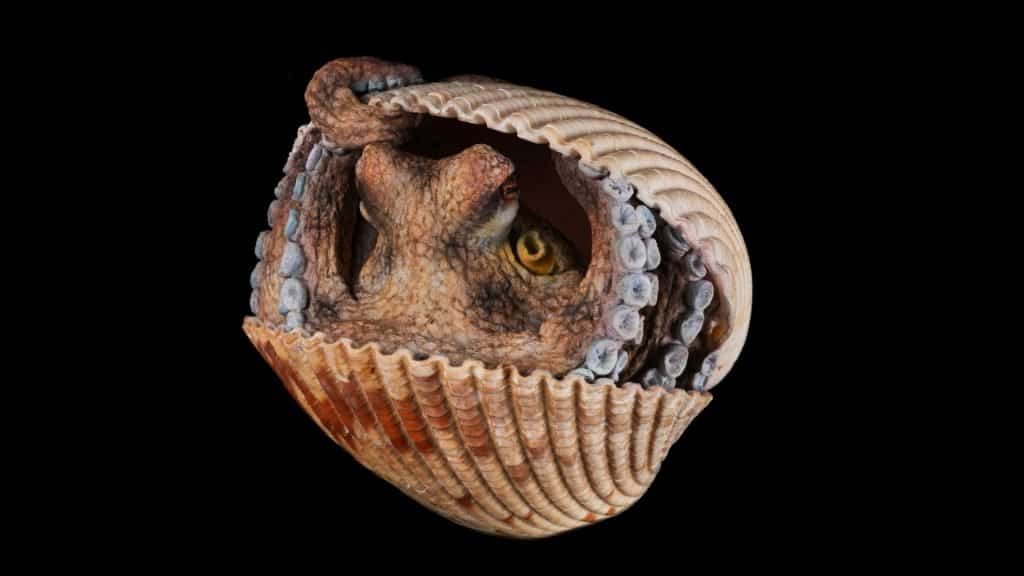
What’s the best website for people to discover your work?
“You can find me on Instagram!”
Do you have an artist statement?
“Tentative movements, smallest gestures, finest details; close observation and study of the living animal- All of this helps me be deeply immersed in my work to become this creature myself, recreating this moment of time.
Every living being is not only the mask of its kind, but an individual with very own peculiarities.
My goal is to preserve these moments – so that the next viewer for a moment also exchanges its essence!”
🐙 Octopus Fun Fact
“I have always been interested in art, science and crafts, which is why for a long time I couldn’t decide which path to take. With my profession, I have definitely found the most beautiful combination for me. I love it!”
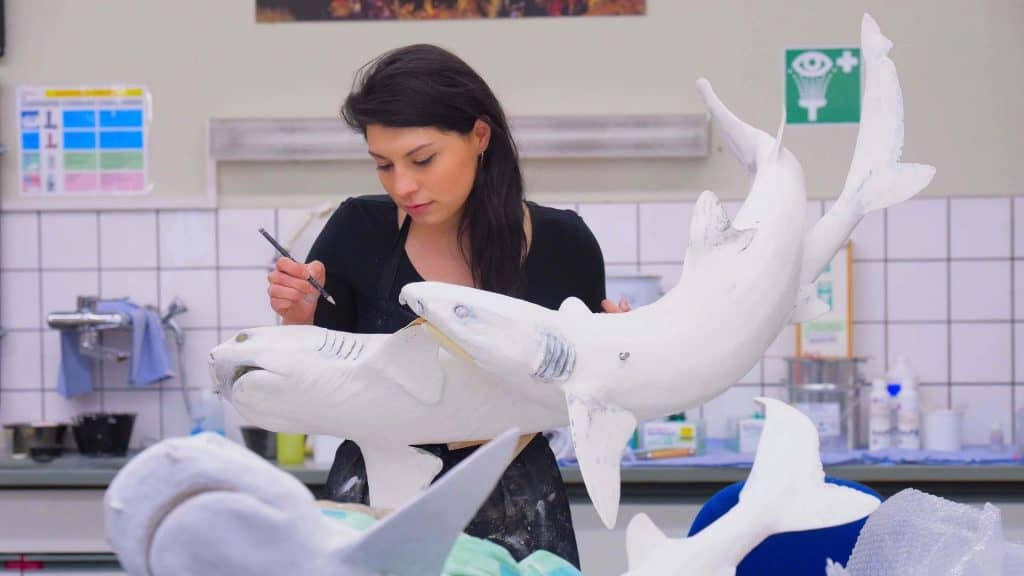
Thank You For Joining Us For Artist Spotlight!
First, we want to give a big thank you to Anna Frenkel for allowing us to showcase her beautiful artwork on OctoNation. To continue supporting Anna, make sure to follow them on Instagram @anyfranksz!
If you want to educate yourself some more about all sorts of different cephalopods, take a look at our encyclopedia. Or, what we call it, our Octopedia!
Connect with other octopus lovers via the OctoNation Facebook group, OctopusFanClub.com! Make sure to follow us on Facebook and Instagram to keep up to date with the conservation, education, and ongoing research of cephalopods.
More Posts To Read:
- Do Octopus Bite?
- Does Octlantis Exist?
- “How The Octopus Lost Its Shell” (Octopus Comic)
- What’s The Difference Between Cuttlefish vs. Octopus?
- Breaking News – There are now THREE new species of Nautilus!
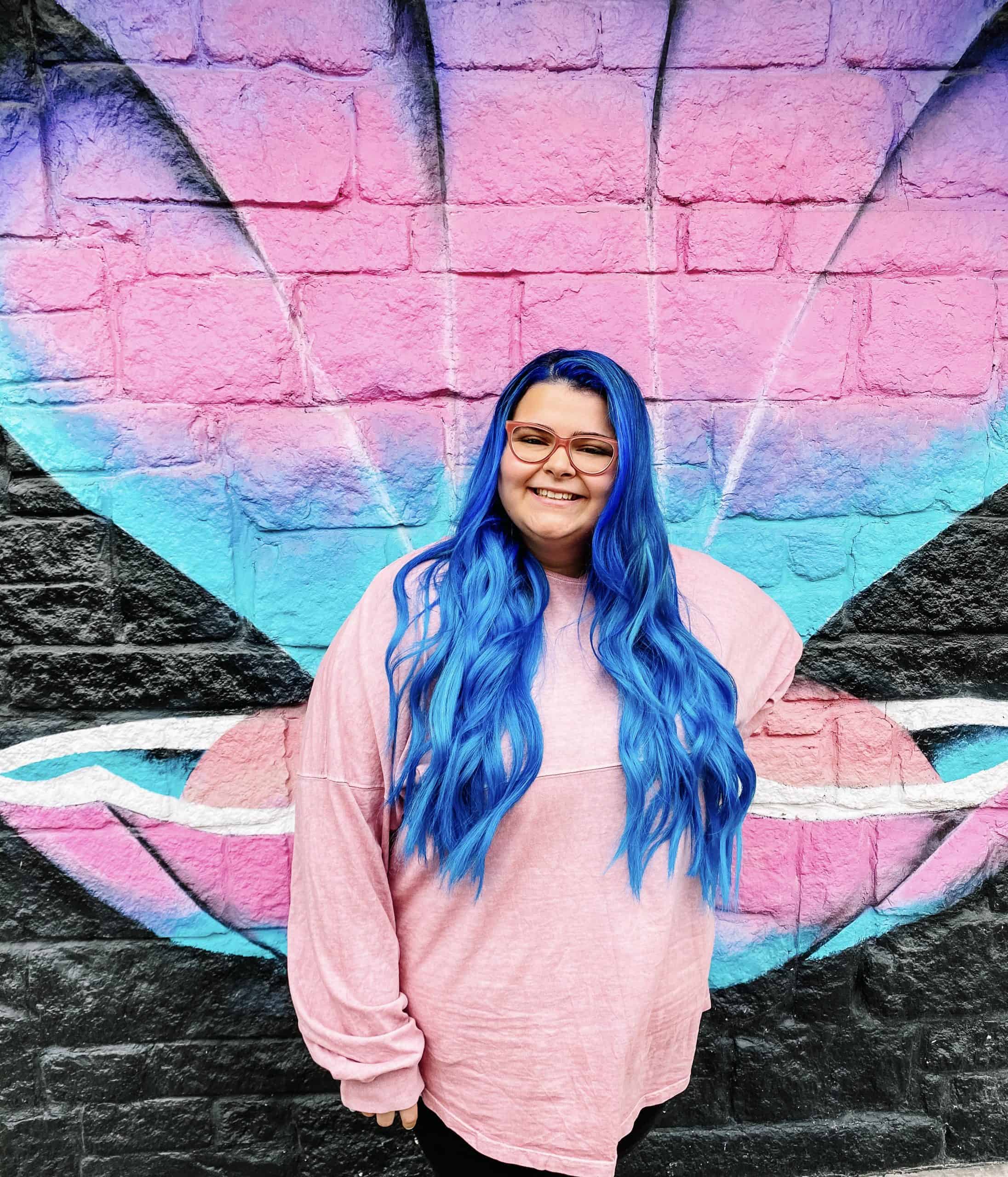
Vee is the blog manager here at OctoNation. Her love and knowledge for all things cephalopods has grown immensely since joining the OctoNation team- and continues to grow daily!
Vee uses her skills of writing, editing, and brainstorming to help create fun, yet educational posts about cephalopods- Something everyone can read and enjoy! As someone who spent the better part of her childhood near the ocean in Miami, Florida, she grew up learning to appreciate all sea life. Her love for the sea inspired her to do something daring- she dyed her hair blue!
